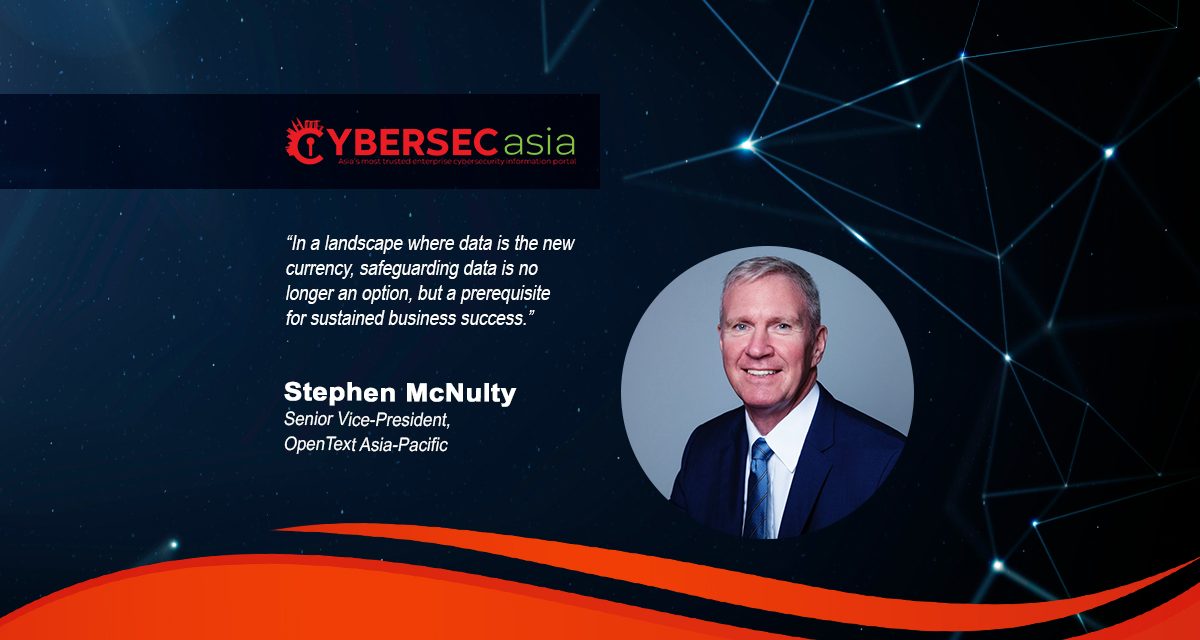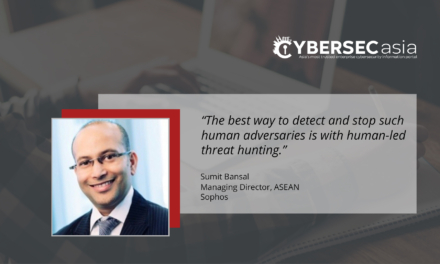COVID-19 forever changed the digital landscape and its cybersecurity perimeters. However, some governments and businesses are lagging behind in data protection
At a time when innovation and growth are driven by digital information, protecting enterprise data is no longer an option. It is absolutely essential. Modern threats now require more than conventional security tools and firewalls to be detected and managed.
Technologies such as AI, user behavior analytics and machine learning can be leveraged by next-generation security operation centers (SOCs) in a proactive role to analyze vast volumes of data in real-time to uncover most furtive threats.
Quick detection and apt responses are key to minimizing damage resulting from security incidents. Enhancing visibility, reducing response times and security risks are possible due to the crucial role of next-gen SOCs.
Safeguarding applications is equally important, as data flows through applications. Successful security hacks target susceptible vulnerabilities existing in the application layer that require enterprise IT departments to exercise additional caution around security of the application. Vulnerabilities can be identified and rectified through security integration earlier in the software development cycle.
Organizations must use application security solutions to cover all their applications: both internal and external apps that are used on mobile phones of customers. Such a proactive approach decreases the risk of security breaches and strengthens the overall security aspect while extending to the cloud.
Collective responsibility in the Cloud
As more organizations adopt cloud services and Software-as-a-Service (SaaS) applications, they must realize that data security is a collective responsibility. The responsibility for data security lies on SaaS providers but organizations have their role, too.
Under the shared responsibility model, cloud service providers shoulder a huge part of the responsibility to secure the foundational infrastructure and the services they provide. They invest heavily in cutting-edge security initiatives, compliance warranties and international security teams to guarantee the integrity of the infrastructure.
Concurrently, a significant share of the reasonability for safeguarding data and applications hosted on the cloud platform is retained by organizations. This comprises the configuration and management of access controls; surveillance of security threats; enforcing encryption; and observing best practices for data security and applications.
In the post-COVID digital landscape, identity and access management (IAM) is the cybersecurity perimeter to strengthen. With remote-working arrangements more widespread, users are granted access based on their roles and preventing unauthorized entry. Privileged Access Management (PAM) is a crucial element within the realm of IAM — focused on safeguarding accounts with elevated privileges. Such accounts become the source, allowing limitless access to critical networks and data.
Executing strong PAM strategies provides a real guarantee that only authorized individuals can exercise their powerful privileges. It also introduces an additional security layer with the multi-factor authentication, surveillance of privileged sessions in real-time, and allocating just-in-time access. The risk of insider threats and unauthorized access is greatly reduced due to this rigorous control over privileged accounts.
Data protection maturity in South-east Asia
Earlier in June, a major ransomware attack in Indonesia had affected more than 160 government agencies, disrupting various critical government services including immigration and airport operations. Indonesian officials had reported that the data had largely not been backed up, resulting in the loss of important data. A ‘decryption strategy’ was reportedly used later to recover data for 30 public services at 12 ministries.
This reminds everyone that security and proper data back-up can never be compromised or put on the back burner for long.
As much of South-east Asia continue to march forward in their digital transformation journey, businesses are finding themselves at a crossroads. The choices they make today regarding data protection will shape their destinies in our data-driven world. In this new era, where safeguarding data is not just a business strategy — it is a fundamental business imperative.
Prioritizing data protection not only guards against potential losses, but fortifies infrastructure for enduring success; fosters trust; bolsters corporate reputation, and positions businesses to lead.
Conversely, those that neglect data protection are treading a perilous path. The financial ramifications of a data breach are only the beginning: the erosion of trust and reputation can cast a long shadow. In a landscape where data is the new currency, safeguarding it is no longer an option, but a prerequisite for sustained business success.

















